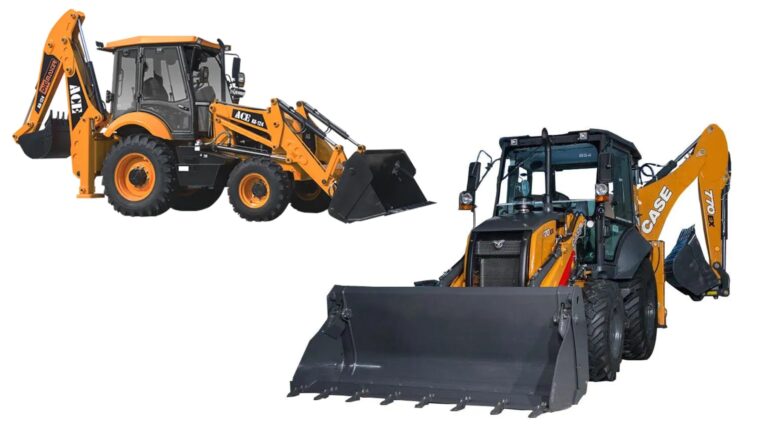
How often are pilot ladders inspected and maintained to ensure their safety and compliance with regulations?
How Often Are Pilot Ladders Inspected and Maintained for Safety and Compliance?
Introduction
Pilot ladders are a crucial element in ensuring safe maritime navigation. They provide a means for pilots to board and disembark from ships, helping to navigate vessels through challenging waters and ports. However, the safety of these ladders is paramount, as accidents involving pilot ladders can result in serious consequences. This article explores the essential aspects of how often pilot ladders are inspected and maintained to ensure their safety and compliance with regulations. We will also discuss the role of Sea Contractor, a prominent company in this industry.
The Importance of Pilot Ladder Safety
Before delving into the inspection and maintenance procedures, it’s crucial to understand why pilot ladder safety is of utmost importance:
1. Safe Pilot Transfers
Pilot ladders are used by maritime pilots to transfer between their pilot boats and the vessels they guide. Safe and reliable pilot ladders are essential to ensure these transfers happen smoothly.
2. Preventing Accidents
Accidents involving pilot ladders can lead to injuries or even fatalities. Ensuring their safety through regular inspections is vital to prevent such incidents.
3. Regulatory Compliance
International regulations, such as SOLAS (Safety of Life at Sea) and local maritime authorities, mandate the use of compliant pilot ladders. Non-compliance can result in legal and financial consequences.
Inspection of Pilot Ladders
To maintain pilot ladder safety and compliance, regular inspections are necessary. These inspections encompass various aspects:
1. Visual Inspections
Visual inspections should be carried out before each use of the pilot ladder. They include checking for:
- Rope Condition: Ensure the ropes are free from fraying or wear.
- Step Condition: Inspect steps for damage, stability, and proper alignment.
- Side Rails: Ensure they are secure and in good condition.
- Wooden Treads: Check for rot or cracks in wooden treads.
- Securing Arrangements: Ensure all securing arrangements are in place.
2. Monthly Inspections
Monthly inspections, as recommended by SOLAS, are more detailed. These inspections involve a close examination of the ladder and its components:
- Step Condition: Check for any missing or damaged steps.
- Rope Condition: Inspect for signs of wear or deterioration.
- Securing Arrangements: Ensure securing arrangements are intact and functioning correctly.
- SOLAS Compliance: Verify compliance with SOLAS requirements, including length, weight, and markings.
3. Annual Inspections
Annual inspections are comprehensive and may involve more in-depth assessments. They should be conducted by a qualified technician or surveyor and may include:
- Load Testing: Assess the ladder’s ability to bear the load safely.
- Material Integrity: Check for corrosion, rust, or other signs of material degradation.
- Record Keeping: Maintain records of inspections and any repairs or replacements.
- Certification: Renew or obtain certification if necessary.
Maintenance of Pilot Ladders
Regular maintenance ensures pilot ladders remain in optimal condition. Maintenance activities can extend the ladder’s lifespan and prevent costly replacements:
1. Cleaning
Keeping the ladder clean and free of debris, salt, and grime helps prevent corrosion and material deterioration. Regularly wash the ladder with fresh water and mild detergents.
2. Lubrication
Lubricate moving parts, such as hinges and securing arrangements, with appropriate marine-grade lubricants. This prevents rust and ensures smooth operation.
3. Repairs and Replacements
Any damaged or worn components should be repaired or replaced promptly. Wooden treads, ropes, or securing arrangements should be in excellent condition.
4. Compliance Updates
If regulations change or the ladder no longer complies with current standards, update it to meet the latest requirements.
The Role of Sea Contractor
Sea Contractor is a leading company in the maritime industry, specializing in pilot ladder inspection and maintenance. They play a crucial role in ensuring the safety and compliance of pilot ladders.
1. Experienced Technicians
Sea Contractor employs experienced and qualified technicians who understand the intricacies of pilot ladder inspection and maintenance. Their expertise ensures thorough assessments and reliable repairs.
2. Compliance Assurance
Sea Contractor is well-versed in international and local regulations, including SOLAS requirements. They ensure that pilot ladders comply with the latest standards and provide certification to prove compliance.
3. Timely Service
Prompt inspections and maintenance are essential in the maritime industry. Sea Contractor offers timely services to ensure that pilot ladders are ready for use whenever needed.
4. Cutting-Edge Technology
Sea Contractor utilizes state-of-the-art technology and equipment for inspections and load testing. This ensures the accuracy and reliability of their services.
Conclusion
The safety and compliance of pilot ladders are paramount for the maritime industry. Regular inspections and maintenance play a critical role in ensuring the reliability of these essential tools. Sea Contractor’s expertise in this field adds an extra layer of assurance, helping to maintain the safety of pilot transfers and prevent accidents at sea. With the right care and attention, pilot ladders can continue to serve their vital role in maritime navigation, enhancing safety for all involved.



